Newly Diagnosed: Taking the First Step on Your Journey
Becoming educated is a good place to start on your journey with pulmonary hypertension (PH). Whether you are a patient or a caregiver, knowing as much as possible about the disease will help you be a more active participant in your or your loved one’s healthcare. Learn more below about PH, its causes, symptoms, and how it’s diagnosed.
[ca-sidebar id=”71625″]
Overview
PH is a chronic and progressive disease associated with high blood pressure in the blood vessels that supply the lungs, known as the pulmonary arteries. It occurs when the blood vessels responsible for transporting blood from the heart to the lungs become narrowed and obstructed, causing the heart to work harder to properly pump the blood. As a result, the heart becomes enlarged and weakened, which can result in right heart failure.
Classification
The most commonly used classification for PH is the one defined by the World Health Organization (WHO), which divides the disease into groups and classes. The international classification of diseases created by WHO comprises a standard diagnostic tool for physicians, nurses, other providers, researchers, health information managers and coders, health information technology workers, policymakers, insurers, and patient organizations.
Causes
PH can occur as a result of a variety of causes or, in some instances, due to an unknown reason, in which case it is known as idiopathic PH. The disease occurs when the arteries responsible for transporting the blood from the heart to the lungs are narrowed and blocked, meaning blood cannot flow freely, causing high blood pressure. PH can develop as the result of other diseases, certain medication use, or it can be genetic.
Symptoms
Symptoms of PH may include shortness of breath, fatigue, weakness, dizziness or fainting, chest pain, swelling of the ankles, legs, abdomen, and face, blue-tinted lips or skin, and irregular heartbeat. Because it is progressive, the initial symptoms of PH may be mild enough not to be noticed or be attributed to something else. However, if left untreated, symptoms can steadily worsen and lead to more serious complications.
Diagnosis
A healthcare provider will start the diagnostic process by collecting information about the patient’s medical history and family history. A physical exam will be done, along with a number of other tests and procedures. Symptoms of PH can develop over a long period of time and mimic other heart and lung conditions (i.e., bronchitis and asthma), making the disease very difficult to diagnose.
Living With PH
Living with a chronic disease like pulmonary hypertension (PH) can be challenging. It can affect a patient’s ability to accomplish daily tasks, as well as affect their quality of life. In addition to therapies that can help manage the disease, patients can also make some changes to their lifestyle and adopt different strategies that may help them cope with the disease on a day-to-day basis.
[ca-sidebar id=”71624″]






